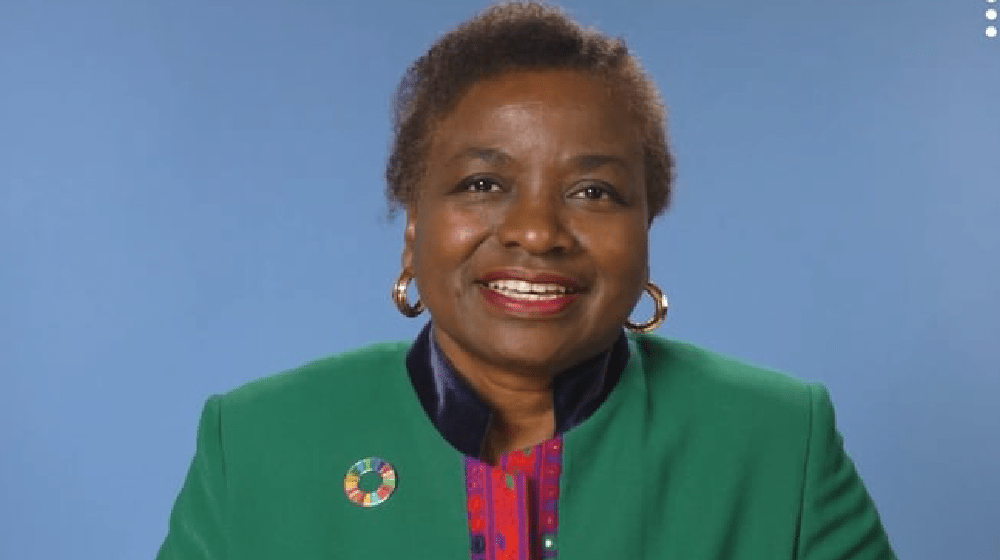Invest in women and girls: Inspire inclusion, promote prosperity
A peaceful and prosperous future depends on the empowerment of women and girls. Thirty years ago, at the International Conference on Population and Development in Cairo, 179 countries agreed that this was the right thing to do and the necessary path forward for sustainable global development.
Since then, dedicated investments in the health and rights of women and girls have improved – and saved – millions of lives. Today, one third fewer women are dying from preventable complications of pregnancy and childbirth than in 2000. The number of girls giving birth while still teenagers has also dropped by a third over the same period. And the number of women using modern contraceptives has doubled since 1990.
Yet while broad trends show major steps forward in the pursuit of gender equality, they do not reflect the lived experiences of millions who continue to be left behind – largely due to persisting gender inequity, often in combination with other forms of discrimination. Women and girls with disabilities, of ethnic and racial minorities or identifying as LGBTQI+ are still prevented from realizing their sexual and reproductive health and rights. For those caught up in conflicts and climate disasters, family planning and gender-based violence response services typically crumble just when they are most critical.
Achieving a brighter future for everyone, whoever and wherever they are, demands swift, sustained and cross-cutting support for and investment in women and girls – everywhere.
The good news is we know what works and that it’s a great investment.
According to the analysis of UNFPA and academic partners, just $222 billion in new investment would secure an end to preventable maternal deaths, eliminate unmet need for family planning, and safeguard women and girls everywhere from gender-based violence and harmful practices by 2030. This would transform the lives of millions.
Girls who are not married off as children have a greater chance of finishing school and securing employment, translating into trillions of dollars in economic benefits for society. Increasing women’s participation in the workplace raises their lifetime earning potential, and could boost per capita GDP by nearly 20 per cent on average. Businesses that subsidize the sexual and reproductive health of their workforce can increase productivity by up to 15 per cent and reduce talent attrition by as much as 22 per cent. When we invest in women and girls, everyone gains.
Yet, despite these clear benefits, investments are still nowhere near enough: In 2017, less than 1 per cent of global aid for gender equality and women’s empowerment went to women’s organizations. In 2022, less than 1 per cent of global overseas aid went towards stopping gender-based violence. Only 1 per cent of global health-care research is invested in female-specific conditions beyond oncology. Women and girls deserve better.
We owe a great debt of gratitude to the women around the world who have led the march towards gender equality in their families, homes, workplaces and communities. Women like Safia*, a survivor of female genital mutilation who lost one daughter to the practice and refused to subject her second daughter to it, and 15-year-old Ngoma*, who is raising awareness about sexual and gender-based violence and rallying her community to defend the rights of their girls.
We owe women and girls real investments, such as supporting secondary education, championing their leadership in new tech, backing their own innovations against violence, and opening up more platforms to hear their voices and help them save lives.
Only by investing in the societal, economic and political inclusion of women and girls will we strengthen our social fabric and create something truly beautiful: A future that works for all


